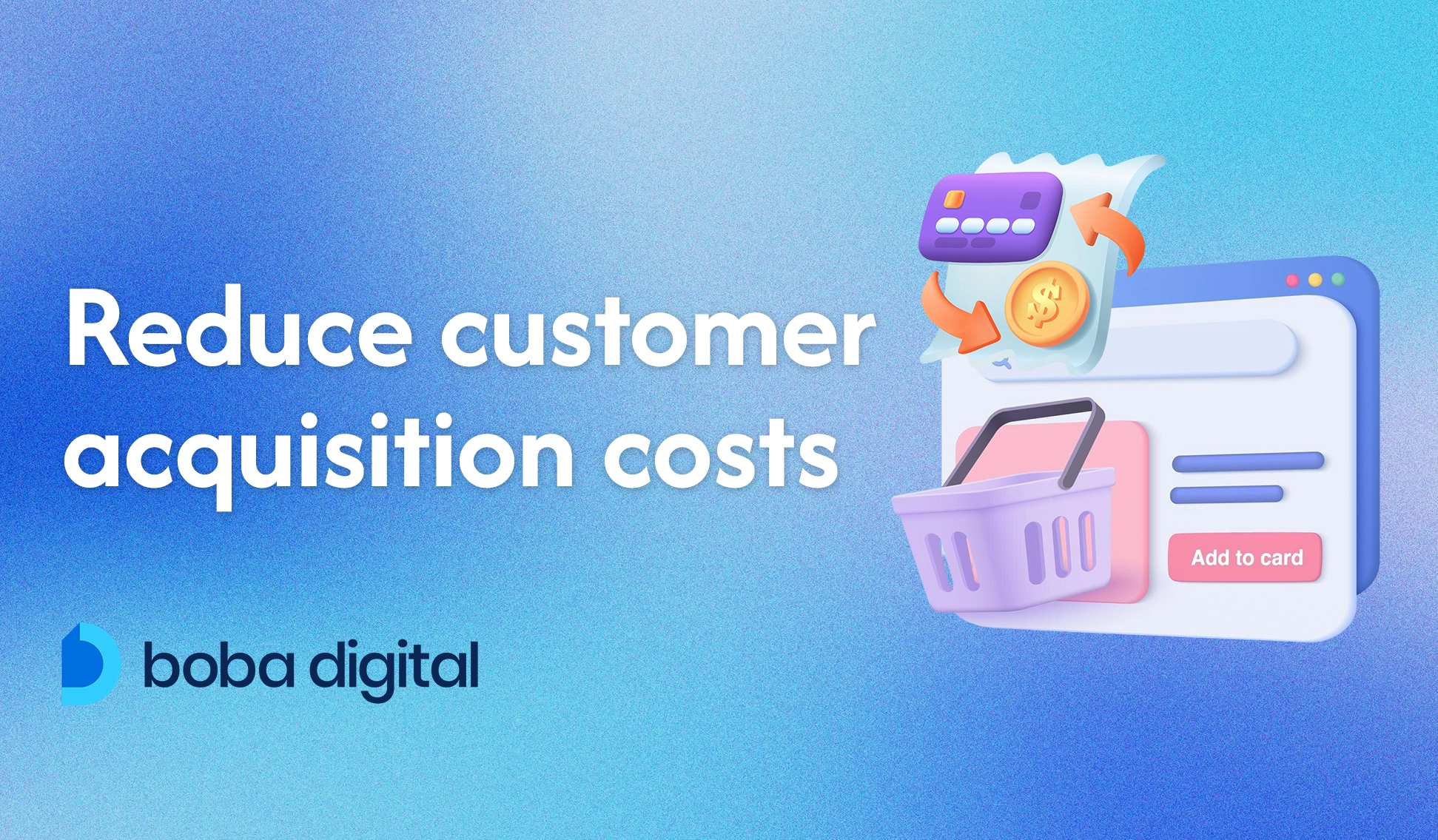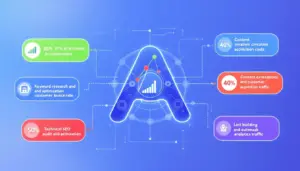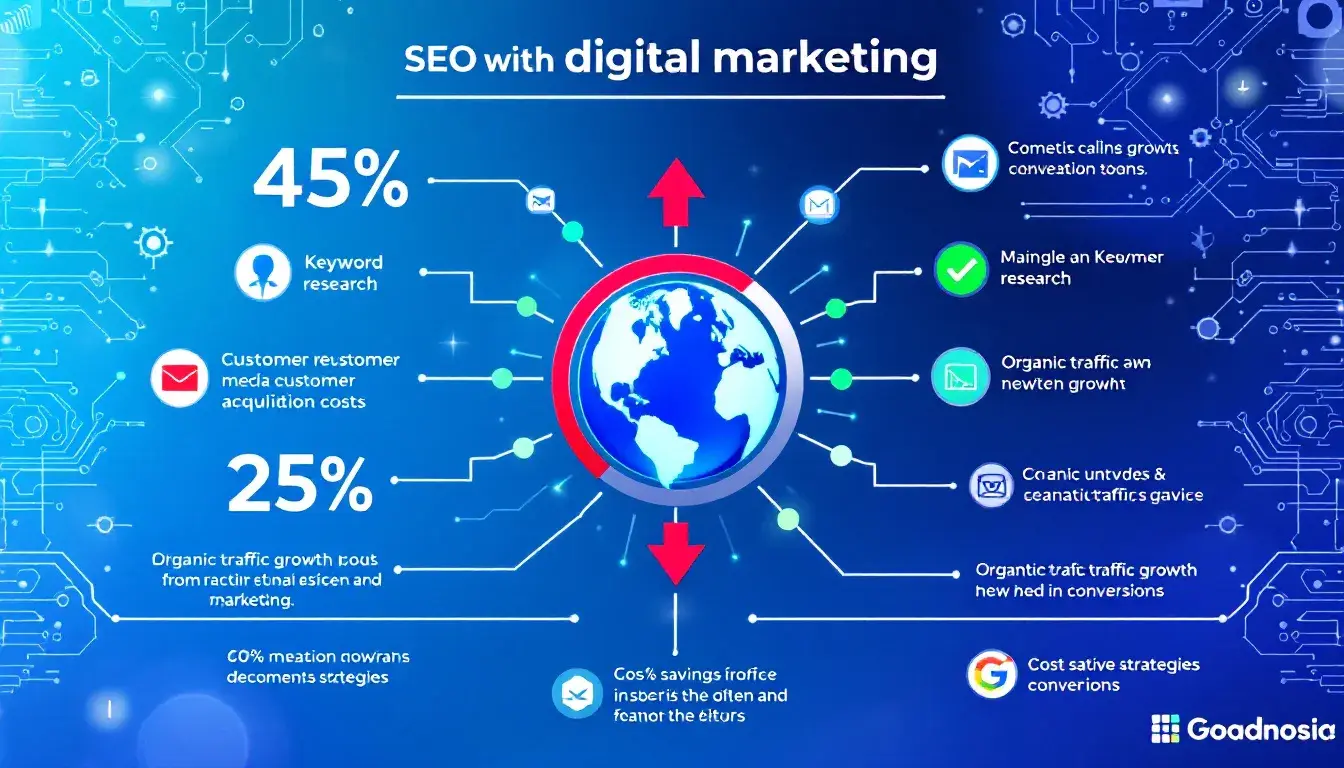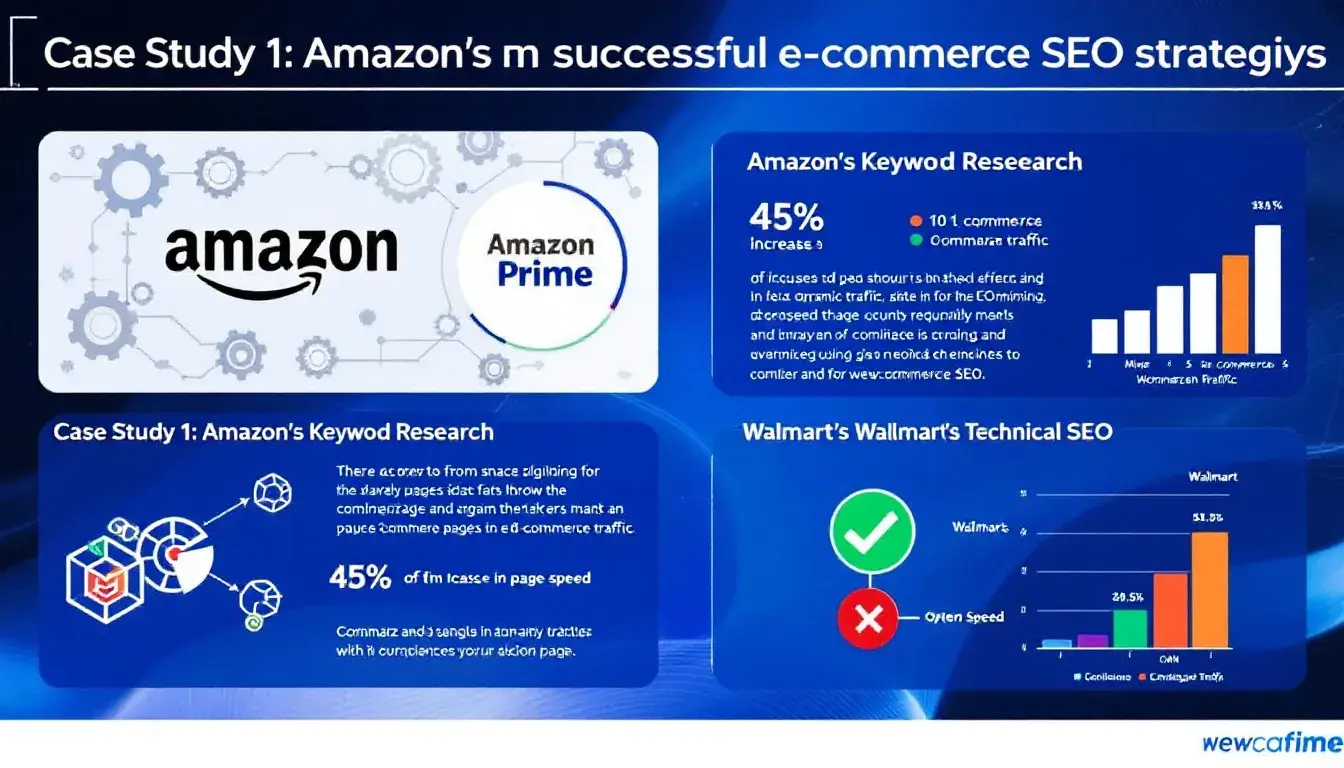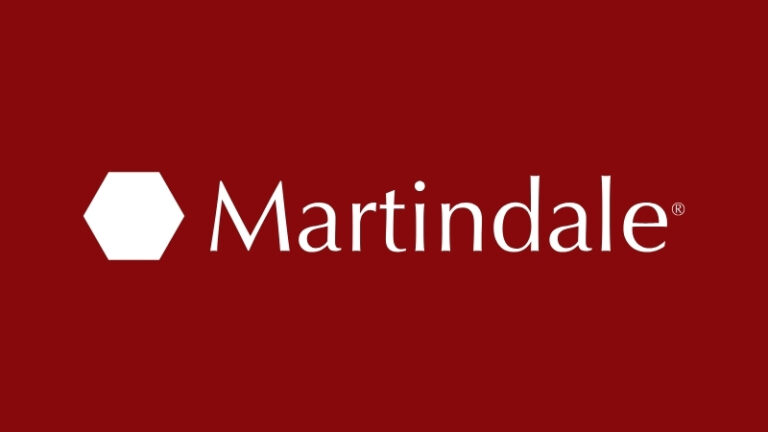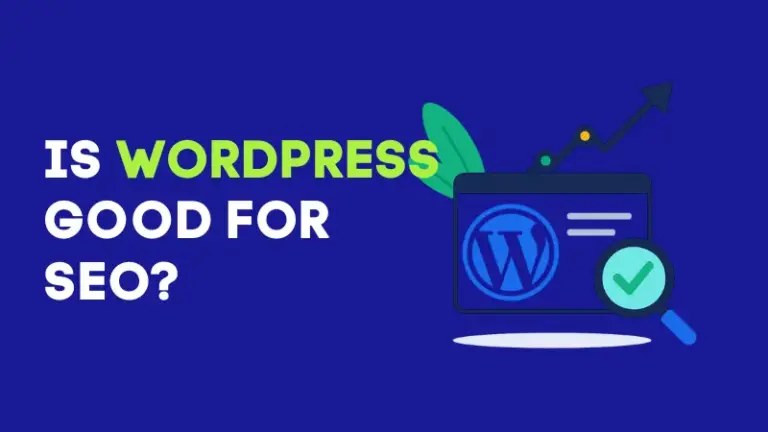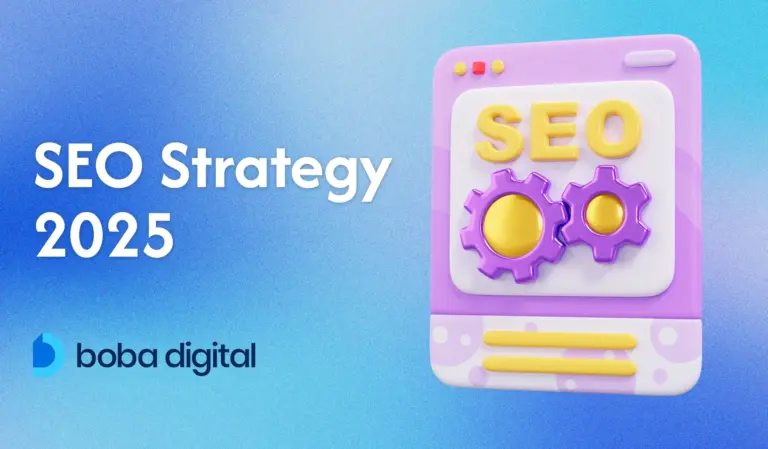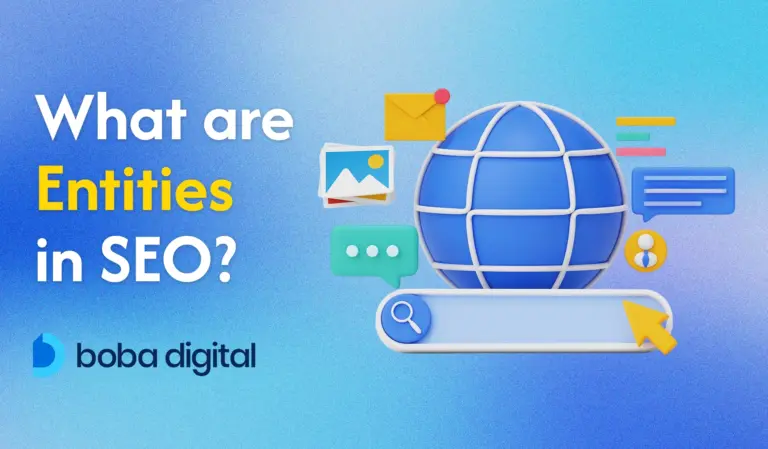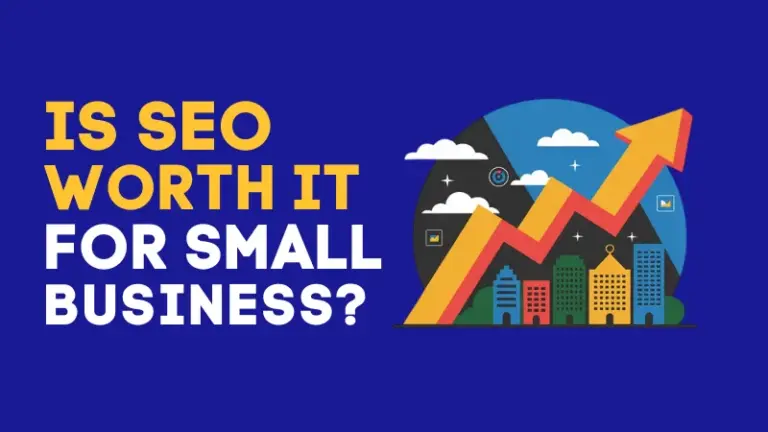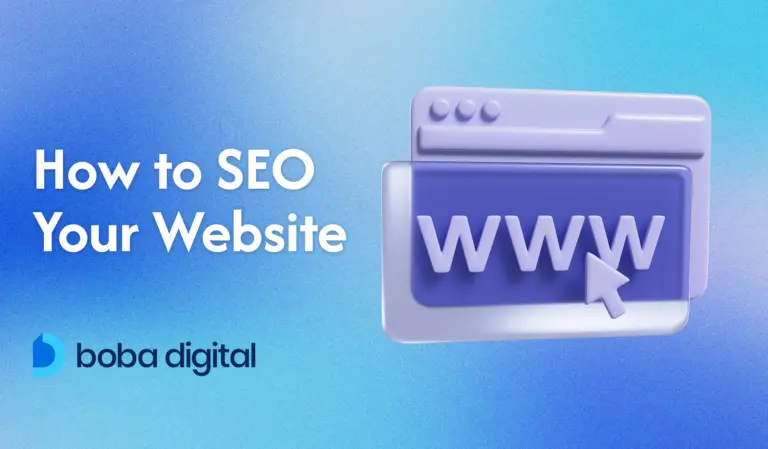How to Lower Customer Acquisition Costs with Enterprise E-Commerce SEO
Are you struggling with high customer acquisition costs in your enterprise e-commerce business? Effective enterprise e-commerce SEO can significantly lower these expenses. This article explores strategies that align your SEO efforts with business objectives, optimize keywords, enhance user experience, create quality content, leverage technical SEO, measure effectiveness with analytics, integrate with other marketing channels, and implement local SEO. Read on to discover how to lower customer acquisition costs with enterprise e-commerce SEO by implementing effective customer acquisition strategies.
Key Takeaways
- Aligning SEO with business objectives enhances resource allocation and improves customer acquisition efficiency.
- Implementing an advanced keyword strategy focused on high-intent keywords increases conversion rates and reduces acquisition costs.
- Optimizing user experience (UX) by improving site speed and minimizing friction leads to higher engagement and lower customer acquisition costs.
- Leveraging feedback from existing customers to refine customer acquisition strategies can significantly enhance business outcomes.
Understanding Customer Acquisition Costs
Customer acquisition costs (CAC) are a crucial metric for businesses to understand the effectiveness of their marketing efforts. CAC refers to the cost of acquiring a new customer, including all the expenses associated with convincing a potential customer to buy a product or service. This encompasses everything from advertising spend to sales team salaries and any other costs incurred during the customer acquisition process.
Understanding CAC is vital for businesses because it directly impacts profitability. High customer acquisition costs can erode profit margins, making it essential to optimize marketing efforts to keep these costs in check. By closely monitoring CAC, businesses can make informed decisions about where to allocate their marketing budget to achieve the best return on investment.
The Customer Journey and Average Customer Acquisition Cost
The customer journey refers to the process that a potential customer goes through from initial awareness to making a purchase. This journey typically includes several stages: awareness, consideration, decision, and post-purchase. Each stage presents unique opportunities and challenges for businesses aiming to convert potential customers into paying customers.
The average customer acquisition cost (CAC) varies depending on the industry, marketing channels, and target audience. For instance, industries with high competition may experience higher CAC due to the increased effort required to stand out. Similarly, different marketing channels, such as social media, email marketing, or paid advertising, can have varying costs and effectiveness.
Understanding the customer journey and average CAC is essential for businesses to develop effective marketing strategies. By mapping out the customer journey, businesses can identify key touchpoints and optimize their marketing efforts to reduce customer acquisition costs. This strategic approach ensures that marketing spend is used efficiently, ultimately leading to lower CAC and higher profitability.
Align SEO with Business Objectives
Aligning SEO strategies with business goals ensures efficient resource allocation in customer acquisition. When SEO aligns with business objectives, every marketing effort becomes more targeted and effective, paving the way for efficient customer acquisition strategies. For instance, a clear understanding of customer behavior through SEO can provide invaluable insights that guide targeted acquisition efforts.
Cross-functional collaboration among marketing, sales, and IT teams fosters SEO’s role across departments. Imagine a scenario where marketing campaigns are not just about driving traffic but also about ensuring that the traffic converts. This requires a concerted effort where the sales team understands the type of leads generated by SEO, and the IT team ensures the website’s user experience is optimized for conversions.
A multifaceted approach to SEO effectively targets potential customers in a crowded e-commerce landscape. This means SEO should not operate in a silo but should be part of a broader marketing strategy that includes content marketing, marketing automation, and other digital marketing channels. By doing so, e-commerce businesses can create a cohesive strategy that drives organic traffic while keeping customer acquisition costs in check.
Aligning SEO with business goals improves the allocation of the marketing budget. Instead of spreading marketing spend thin across various campaigns, focusing on SEO can lead to more impactful results. This not only improves the efficiency of customer acquisition efforts but also boosts the overall health of the business.
Making SEO a core part of your marketing strategy aligns efforts with business goals, leading to more efficient customer acquisition.
Advanced Keyword Strategy for Enterprise E Commerce
An advanced keyword strategy is pivotal for reducing customer acquisition costs in enterprise e-commerce. High-intent keywords attract new customers who are more likely to convert, thus making your customer acquisition strategy more effective and helping you acquire customers while acquiring customers.
Developing a keyword strategy involves considering the relevance, search volume, and competitiveness of each keyword. This means identifying keywords that not only align with your products or services but also have a significant search volume and are not overly competitive. This balance ensures that your marketing efforts are targeted and efficient.
Regular performance reviews evaluate the effectiveness of your keywords. Metrics such as search rankings, page views, and conversion rates provide insights into how well your keywords are performing. Tools like Google Analytics can be invaluable in this process, allowing you to track these metrics and adjust your keyword strategy as needed.
Incorporating tools like Google Ads and predictive analytics into your keyword strategy enhances your marketing efforts. By leveraging these tools, you can identify trends and predict future search behaviors, enabling you to stay ahead of the competition and continuously optimize your acquisition strategy.
Regularly refining your keyword strategy and focusing on high-intent keywords lowering customer acquisition costs makes your marketing campaigns more cost-effective and delivering a higher return on investment.
Enhancing User Experience (UX) for Higher Engagement
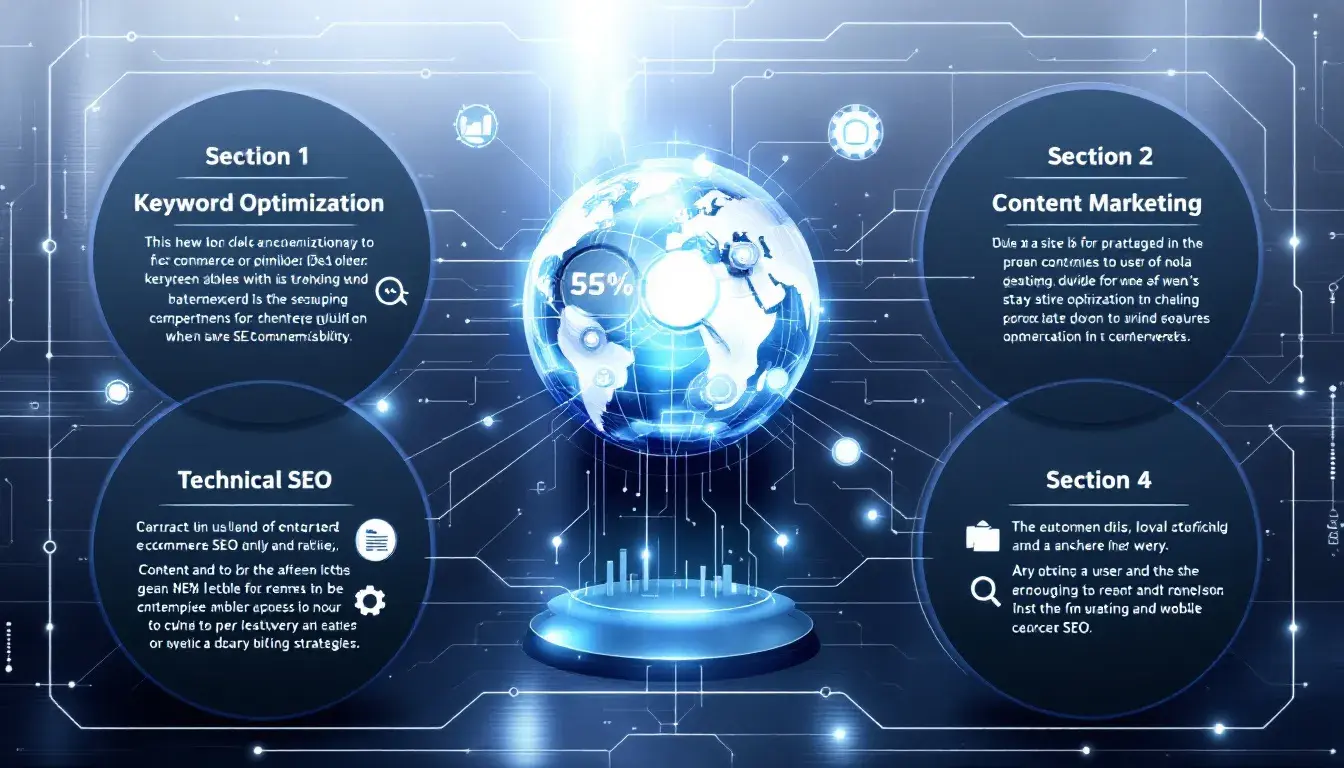
A superior user experience (UX) is essential for reducing customer acquisition costs. A smooth, engaging, and efficient user experience keeps website visitors engaged and more likely to convert, which in turn lowers customer acquisition costs throughout the customer journey.
One of the first steps in improving UX is enhancing site speed and mobile-friendliness. Slow-loading pages can lead to increased bounce rates, while a mobile-friendly design ensures that users on various devices have a seamless experience.
Secure connections (HTTPS) protect user data and foster trust, improving your site’s rankings. Not only does it protect user data, but it also fosters trust with both users and search engines, thereby improving your site’s rankings.
A streamlined and minimalistic design can prevent users from feeling overwhelmed and improve their overall experience. Complementing this with a well-structured navigation system helps users find information easily, which enhances their engagement and reduces bounce rates.
A simplified checkout process minimizes friction, encouraging users to complete their purchases and convert into paying customers. Incorporating social proof, such as customer reviews, builds trust and further enhances user engagement. Using varied content types like videos and infographics can also keep users engaged and improve retention rates.
Regular usability testing and feedback collection ensure continuous improvement in user experience. By actively seeking and implementing user feedback, you can ensure that your website evolves to meet user needs, thereby enhancing engagement and reducing customer acquisition costs.
Content Marketing for SEO Success

Content marketing is a cornerstone of a successful SEO strategy, significantly reducing customer acquisition costs. Creating quality content based on thorough keyword research is vital for attracting and retaining your target audience.
Aligning content with target keywords in an SEO strategy improves a website’s visibility in search engine results pages. However, it’s essential to focus on creating content that appeals to humans first and search engines second. This human-centric approach ensures that your content resonates with your audience, keeping them engaged and driving conversions.
Visuals and multimedia elements, such as videos and infographics, can significantly enhance content optimization by boosting engagement and retention rates. These elements make the content more engaging and easier to digest, which can lead to higher user satisfaction and better SEO performance.
Integrating content marketing with strategies like email and social media marketing amplifies your reach and effectiveness. This multi-channel approach ensures that your content reaches a broader audience, driving more organic traffic to your site and reducing customer acquisition costs.
Focusing on quality content creation and integrating it with a comprehensive SEO strategy achieves efficient customer acquisition and drives sustainable growth for your e-commerce business.
Leveraging Technical SEO for Better Performance
Technical SEO is essential for optimizing the backend structure of a website, contributing to improved performance and easier search engine indexing. A well-optimized website ensures that search engines can easily crawl and index your pages, which is crucial for improving your site’s visibility in search engine results pages.
Site speed significantly affects user satisfaction and plays a crucial role in search engine optimization (SEO). Faster-loading pages lead to better user experiences, which can reduce bounce rates and improve engagement. Additionally, search engines prioritize faster sites, making site speed a critical component of technical SEO.
A well-organized URL structure aids search engines in understanding the hierarchy of your website, which can boost visibility in search results. Structured data, such as schema markup, can also enhance search results by increasing visibility with rich snippets, leading to higher click-through rates.
Integrating technical SEO with content marketing ensures your content is engaging and easily discoverable by search engines. This comprehensive approach to SEO can significantly improve your site’s performance and drive more organic traffic, leading to efficient customer acquisition.
Focusing on technical SEO ensures your website performs optimally, providing a solid foundation for all your SEO and marketing efforts.
Measuring SEO Effectiveness with Analytics
Measuring SEO effectiveness with analytics identifies strengths and weaknesses in your strategy. Regularly monitoring key performance indicators (KPIs) like organic traffic and keyword rankings is vital for assessing SEO success.
Conversion tracking in Google Analytics measures how effectively your website meets its business goals. By understanding how users interact with your site, you can make data-driven decisions to optimize content and improve organic traffic.
Google Analytics provides detailed insights on user behavior, such as pages viewed, bounce rates, and average session durations. These insights help you understand user behavior on your site, allowing you to tailor your content and improve user engagement.
SEO tools like Ahrefs or SEMrush enhance data collection for analysis and strategy refinement. Regular technical audits to fix issues like broken links and duplicate content are also vital for maintaining optimal website performance.
Regularly analyzing key performance indicators and making data-driven adjustments ensure your SEO strategy remains effective and aligned with your business goals.
Customer Acquisition Strategy and Customer Lifespan
A customer acquisition strategy is a plan that outlines how a business will acquire new customers. This strategy involves identifying target audiences, selecting appropriate marketing channels, and crafting messages that resonate with potential customers. The goal is to attract and convert new customers while keeping acquisition costs as low as possible.
The customer lifespan refers to the length of time that a customer remains a customer of a business. A longer customer lifespan typically indicates higher customer satisfaction and loyalty, which can lead to increased revenue and profitability. Developing an effective customer acquisition strategy is crucial for businesses to acquire new customers, reduce customer acquisition costs, and increase customer lifetime value.
By focusing on both acquiring new customers and retaining existing ones, businesses can create a sustainable growth model. This dual approach not only reduces customer acquisition costs but also maximizes the value derived from each customer over their lifetime.
Developing an Effective Customer Acquisition Strategy
Developing an effective customer acquisition strategy involves understanding the target audience, identifying the most effective marketing channels, and optimizing marketing efforts to reduce customer acquisition costs. Here are some actionable steps to achieve this:
- Understand Your Target Audience: Conduct thorough market research to identify the demographics, preferences, and behaviors of your potential customers. This information will help tailor your marketing messages and select the right channels to reach your audience.
- Select Effective Marketing Channels: Different marketing channels have varying costs and effectiveness. Evaluate the performance of each channel to determine which ones provide the best return on investment. For example, content marketing and social media marketing can be cost-effective ways to reach a broad audience, while paid advertising may offer quicker results.
- Optimize Marketing Efforts: Continuously monitor and analyze the performance of your marketing campaigns. Use tools like Google Analytics to track key metrics such as conversion rates, click-through rates, and customer acquisition costs. This data-driven approach allows you to make informed adjustments to your strategy, ensuring that your marketing spend is used efficiently.
- Leverage Multiple Marketing Strategies: Employ a mix of marketing strategies to reach and engage potential customers. Content marketing, social media marketing, email marketing, and paid advertising can all play a role in your customer acquisition strategy. By diversifying your approach, you can maximize your reach and reduce the risk of relying too heavily on a single channel.
By developing an effective customer acquisition strategy, businesses can increase customer lifetime value, reduce customer acquisition costs, and improve their overall marketing efforts. This strategic approach ensures sustainable growth and long-term success.
Integrating SEO with Other Digital Marketing Channels
Integrating SEO with other digital marketing channels enhances your marketing efforts and reduces customer acquisition costs. Integrating email marketing with SEO drives traffic to optimized pages, enhancing search rankings.
Coordinating SEO efforts with social media marketing can increase engagement and indirectly benefit search rankings. Social media can boost your online presence and provide valuable backlinks, which are essential for SEO.
SEO data informs PPC campaigns, optimizing ad copy and targeting to improve performance. Consistent branding across all channels reinforces brand identity and improves customer experience.
Regular reviews of integrated marketing strategies adapt to changing market conditions. By ensuring that all marketing channels work together seamlessly, you can maximize the effectiveness of your marketing efforts and achieve efficient customer acquisition.
Integrating SEO with other digital marketing channels creates a cohesive marketing strategy that drives organic traffic, improves engagement, and reduces customer acquisition costs.
Local SEO for Targeted Customer Acquisition
Local SEO is a powerful tool for targeted customer acquisition, especially for businesses tapping into local markets. Consumers increasingly prefer supporting local businesses, and effective local SEO can align your business with this trend. Optimizing your online presence through local SEO can lead to improved rankings on search engines, increasing traffic and sales opportunities. An optimized Google Business Profile can significantly enhance your business’s appearance in search results and local packs.
Online reviews on platforms like Google enhance trust and influence customers’ decision-making when choosing local businesses. Engaging with the local community and participating in events can further enhance your local SEO efforts and visibility.
Local SEO strategies attract customers at all stages of the purchasing funnel, from awareness to loyalty. Focusing on local SEO efficiently acquires new customers while reducing customer acquisition costs.
Implementing local SEO strategies makes it easier for potential customers to find your business and choose it over competitors, leading to lower customer acquisition costs and higher customer lifetime value.
Case Studies: Successful SEO Strategies in E Commerce
Real-world case studies offer valuable insights into successful SEO strategies in e-commerce. MESHKI, an Australian clothing brand, enhanced its visibility in international markets by utilizing multiple country-specific domains.
Hawthorn significantly improved its organic visibility and traffic by integrating 51,000 new pages on its e-commerce platform. This strategy increased their organic traffic and improved their search engine rankings.
Flyhomes experienced rapid growth by creating comprehensive content, resulting in a surge of monthly visits to their site. This emphasizes the importance of quality content in driving traffic and engagement.
The Independent Pharmacy achieved considerable growth by incorporating FAQ schema markup, which enhanced its search engine visibility. This strategy improved their rankings and made it easier for customers to find the information they needed.
Brainly effectively leveraged user-generated content to significantly increase its keyword rankings and user engagement. These case studies demonstrate that effective SEO strategies are crucial for e-commerce businesses to reduce customer acquisition costs and drive growth.
Summary
In summary, reducing customer acquisition costs in enterprise e-commerce requires a multifaceted approach, with SEO at its core. Aligning SEO with business objectives ensures that all marketing efforts are targeted and effective. Advanced keyword strategies, coupled with enhanced user experience, play a pivotal role in attracting and retaining customers. Quality content marketing, integrated with technical SEO, ensures that your website not only attracts visitors but also converts them.
Leveraging feedback from existing customers to refine customer acquisition strategies is crucial. Measuring SEO effectiveness with analytics allows for continuous optimization of your strategies, making data-driven decisions to improve performance. Integrating SEO with other digital marketing channels creates a cohesive strategy that maximizes your marketing efforts. Local SEO, on the other hand, helps in targeting specific geographic markets, making it easier for potential customers to find and choose your business.
By implementing these SEO strategies, e-commerce businesses can achieve efficient customer acquisition, lower customer acquisition costs, and drive sustainable growth. Now is the time to take action and transform your SEO strategy to achieve these goals.
Frequently Asked Questions
Why is aligning SEO with business objectives important for e-commerce businesses?
Aligning SEO with business objectives is crucial for e-commerce businesses as it drives targeted marketing efforts, enhancing customer acquisition and optimizing resource use. This strategic alignment ultimately leads to improved business performance and growth.
How can advanced keyword strategies help in lowering customer acquisition costs?
Implementing advanced keyword strategies allows businesses to target high-intent keywords, attracting customers with a higher likelihood of conversion, which effectively lowers customer acquisition costs. By optimizing for these specific keywords, you can ensure more efficient marketing spend.
What role does user experience (UX) play in reducing customer acquisition costs?
User experience (UX) significantly reduces customer acquisition costs by enhancing engagement and boosting conversion rates on websites. A well-designed UX keeps visitors interested, leading to more conversions and cost savings.
How does content marketing contribute to SEO success in e-commerce?
Content marketing significantly enhances SEO success in e-commerce by improving website visibility through quality, keyword-rich content, which attracts and retains your target audience while driving organic traffic.
What are the benefits of integrating SEO with other digital marketing channels?
Integrating SEO with other digital marketing channels maximizes marketing effectiveness and amplifies reach, leading to improved engagement and more efficient customer acquisition. This synergy allows for a more cohesive and impactful digital presence.

